Bielefelder Chicken: History, Size, Eggs, Health, and Care
Let’s have a look at everything that you need to know about this elite breed called the Bielefelder. You will learn everything that you need to know about this chicken here, and you can hopefully decide for yourself whether you want to buy it or not.
History of Bielefelder Chickens
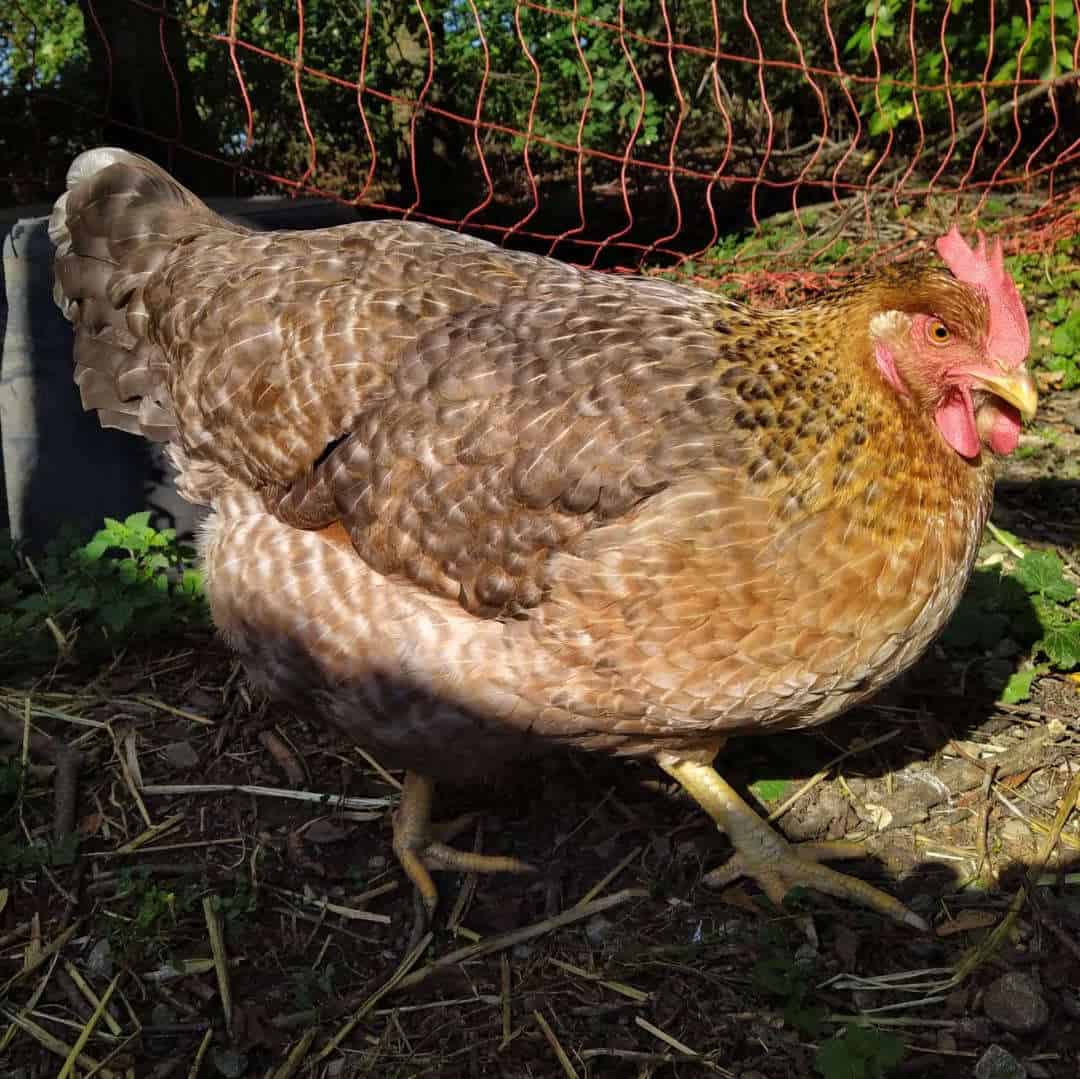
First, take the exceptional crafting and engineering of the German people, and you would have the Bielefelder chicken. This breed was developed in Bielefeld, Germany, at the start of the 1970s by a poultry farmer named Gerd Roth, who created the Bielefelder chicken.
Prized for its high-quality meat, the Bielefelder chicken breed came together after a number of breeds were brought together to create it. This included a variety of chickens like the New Hampshire, the Cuckoo Malines, the Wyandotte, and the Amrock.
he Bielefelder chicken was first imported to the United States in 2011. Again, they imported unrelated Bielefelder bloodlines in 2013 and 2017.
With many of the other chicken breeds, a lot of hysteria overtakes the reality of the chicken, but Bielefelder presents a true reason for the hype. Many factors rank this chicken high above other breeds; they include:
- Auto-sexing function
- Big and meaty carcasses
- Gentle temperament
- Laying large brown eggs
- Beautiful feathers
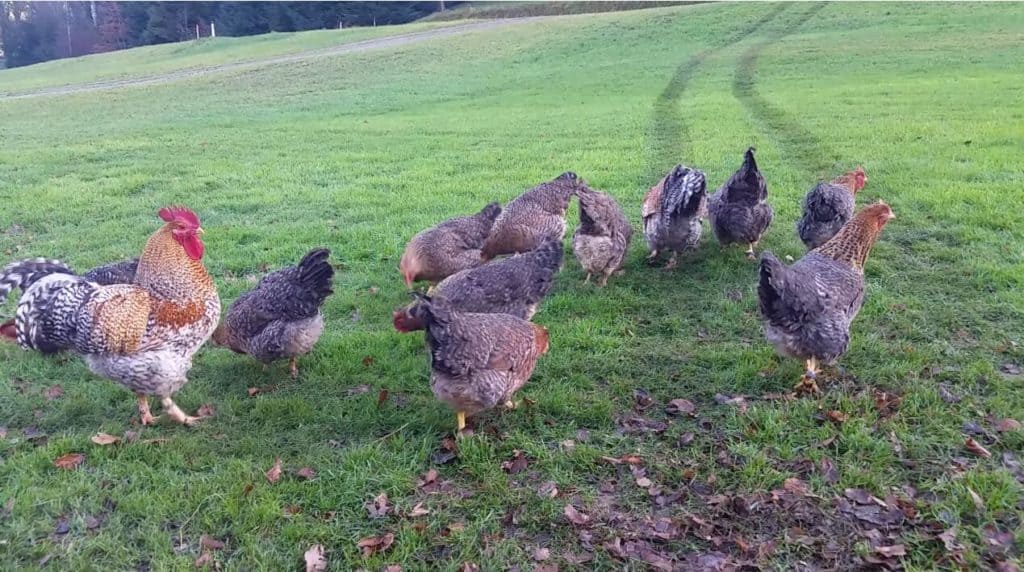
If you were to purchase a single breed, the Bielefelder provides the whole package (meat and eggs) in a single chicken. Along with some of these traits, Bielefelders are resistant to cold, and they have no motivation to fly. Many poultry farmers consider the Bielefelder the dual-purpose breed, and they seek this one out because it offers many distinguished advantages.
To pronounce the name of this breed, you might not initially understand how to say it. You would say it like, “BEE-LAY-FELDER.”
In general, this breed only recently came to the world of poultry, considering how the Dorking, officially recognized as the oldest chicken breed, goes back to Roman times, starting in England during the Roman occupation. Another one of the good things about this bird is that it is relatively quiet.
Bielefelder Breed Standard
This chicken type has a large single comb, red wattles, and earlobes. Many like the Bielefelder for its auto-sexing convenience; because the females and the males hatch in different feather colors.
Male chicklings will have a white or yellow patch on their head when they hatch, and their colors will be lighter. The females will have a chipmunk stripe on their backs. This makes chicken sexing much easier than with some of the other breeds that don’t have this.
When the male chickens reach maturity, the complex feather pattern on them looks fascinating. You might compare it to the Cuckoo Red Partridge. Because of the size and camouflage pattern of these birds, you can put them in the free-range condition easily without them becoming prey to hawks, coyotes, possums, foxes, owls, and raccoons.
This breed comes from the genetics of a variety of birds to create the Ubermensch bird. The Bielefelder is considered the elite gold standard among chicken breeds.
In some cases, this beautiful bird will have pink undertones to its shade of feathers. This chicken gets distinguished from many of the other chicken breeds on the market because of its unique color.
Personality and Temperament
As a bird, the Bielefelder chicken loves interaction with people, and they will even seek it out. You have a bird choice with a gentle temperament, and if the noise of certain chicken breeds has ever gotten to you, this will be a breath of fresh air.
This bird ranks on the perfect chicken list for a variety of reasons, but its personality puts it close to the top. You will see this bird weighing in at between 10 to 12 pounds.
Many poultry breeders would say that the Bielefelder behaves closer to a dog than a chicken. Even if you don’t have food, this chicken will come excitedly running to see you. When it comes to some of the characteristics of the Bielefelder, you could sum it up with a few different words like:
- Playful
- Watchful
- Intelligent
- Tame
Most people say that this chicken has one of the best temperaments among the chicken breeds. In fact, so much so that many poultry breeders will often seek this bird out in comparison to some of the other choices.
Bielefelder Chicken Egg Laying
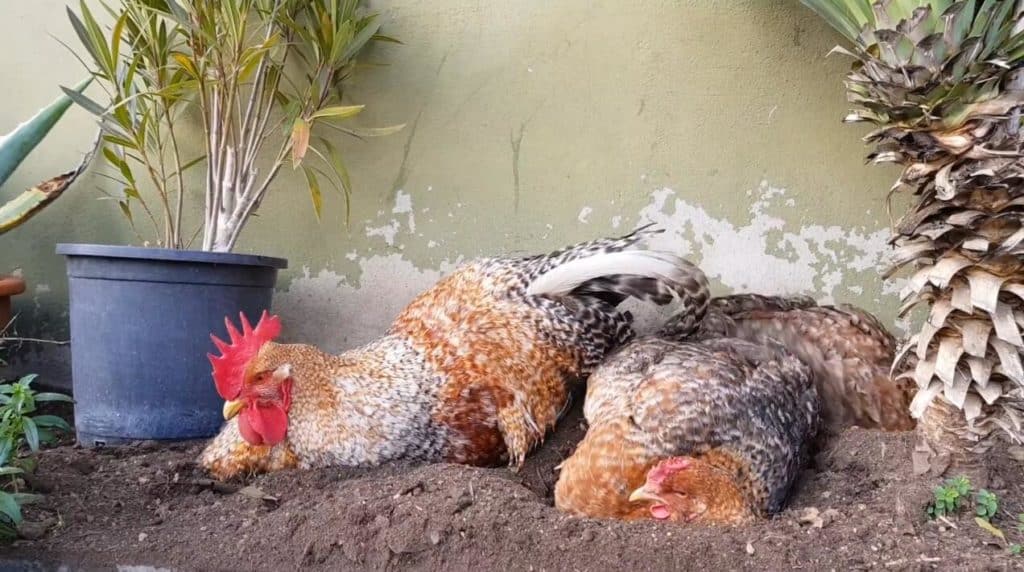
The best thing about the Bielefelder chicken is its big and meaty carcass, but they also produce eggs at a fairly rapid rate. On average, you can expect Bielefelder hens to lay anywhere from 200 to 230 eggs per year.
They lay brown eggs at sizes much larger than any of the other chicken breeds around. The color of the egg distinguishes it from many of the other chicken breeds. Another one of the benefits comes from how these chickens also start to lay eggs at a relatively early age.
Because of the gentle temperament of the Bielefelder, you can also remove the eggs from under the hen without getting pecked. That’s important because if you’ve ever had a breed like the Buff Orpington, you know how some breeds will attack you over their eggs and their nesting box.
Even over the winter season, because the Bielefelder chickens have a resistance to cold, they can still lay eggs at an awesome output. Occasionally, this chicken will become broody. In general, these chickens will prefer life in the open air. The egg output is also highly consistent, which is a good thing for poultry farmers.
Health Issues and Care
While these chickens do have a resistance to the cold, you have some poultry farmers who have talked about how they seemed in impeccable health the night before.
You don’t seem to have as many health issues with this breed of chicken in comparison to some of the other breeds, but you can still have a problem. In general, however, it can be hard to find anything on this chicken for having health problems.
These chickens tend to be both healthy and fertile. Another important thing to understand about these birds comes down to the source of where you buy them from. You can make a poor choice because you picked a bad source where the chickens weren’t taken care of properly, and this led to further health problems.
8 Tips for Raising Bielefelder Chickens
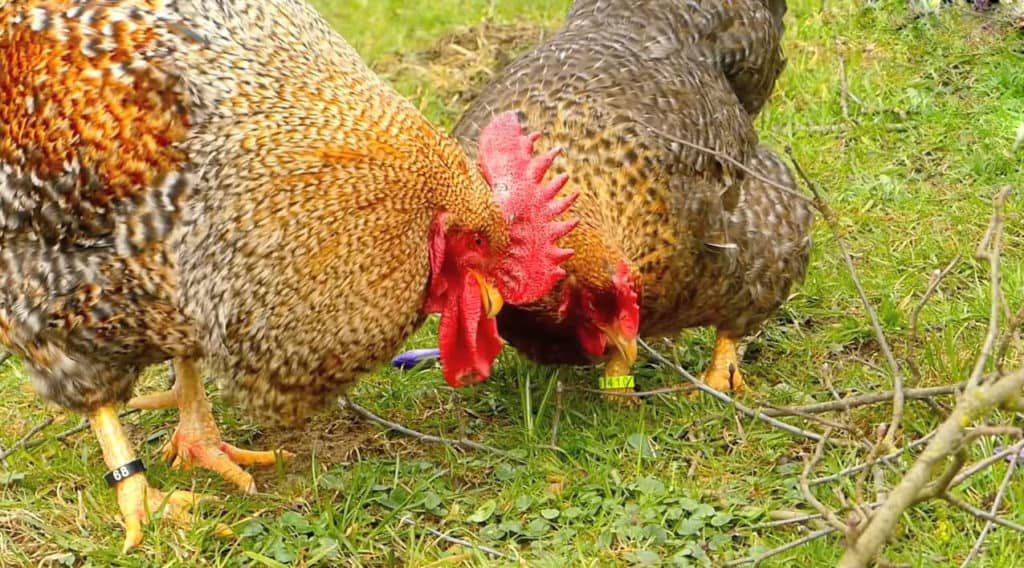
Tip #1 Take Care of the Bielefelder Chickens
Here, taking care of the chickens transcends feeding them every day. You also have to protect them from predators while staying alert to weather changes. You want to provide coverage to chickens even from the roof because some predators can also use a lack of roofing to their advantage.
Even as hardy as a Bielefelder is, you still have to protect your birds from sudden changes in climate. Stay aware of rain, hail, sleet, and heat. Take them indoors in the cold and give them some shade on sunny days.
Tip #2 The Fun Way to Feed Your Chickens
You can cut down on your feeding expenses by raising your Bielefelders as free-range chickens. After all, this breed loves being in the open air. With free-range chickens, a large part of their meals will come from finding food sources nearby.
This will also offer you a more organic choice. The foods that they eat will be more organic, and because of that, the meat will taste better and be healthier for you. Many poultry farmers will even give chickens their leftover produce, such as lettuce and watermelon.
Tip #3 How to Feed Chicks
Let’s say that you decide to start with the Bielefelder chick rather than the hens. You will need a starter chicken feeder with 20% protein. You will want to use this for the first six weeks with your chicks. This helps them to live healthier.
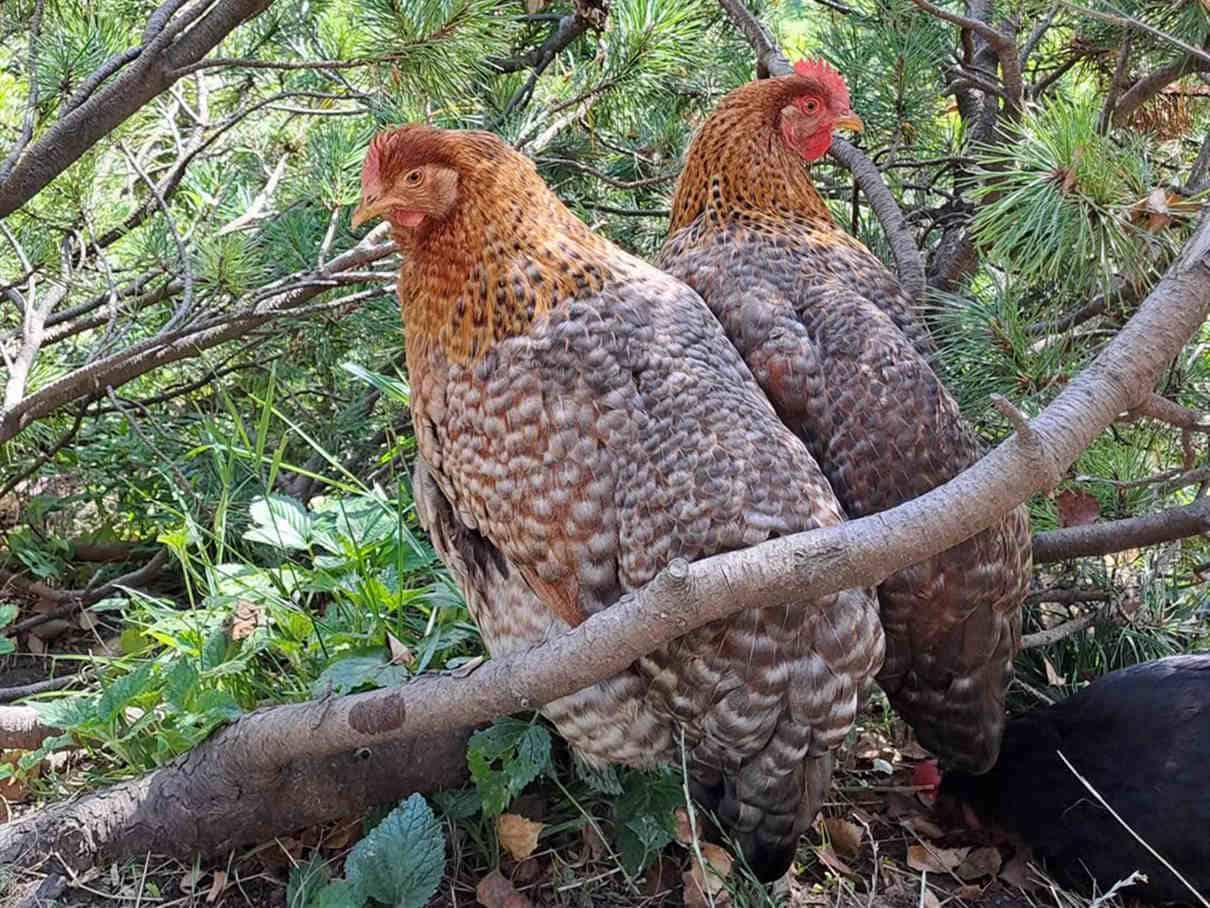
Tip #4 Provide a Spacious Coop
The Bielefelder chicken breed is heavy set and bigger than most. As a result, it needs a space befitting its enormous size. When constructing a coop for Bielefelder chickens, aim for at least four square feet of indoor space per bird. Also, ensure that the chicken crib is well-ventilated, with enough nesting boxes and roosting bars.
Tip #5 Keep the Chicken Coop Clean
A lot of people begin raising chickens with newspaper lining the bottom. It’s recommended that you choose another option because the newspaper won’t absorb the dirt or the manure inside of the chicken coop. In addition, chickens will sometimes find the newspaper slippery.
You want to keep the chicken coop clean because this will lead to healthier chickens in the long run, and they won’t suffer from as many diseases as Campylobacteriosis, West Nile Virus, Salmonellosis, and Avian Influenza. You want to keep the environment as free of germs as possible. Keeping your coop clean can mean more eggs.
If you want to get more information about raising chickens, you can read our post: 18 Tips on Raising Backyard Chickens.
Tip #6 Offer the Chickens a Balanced Diet
Yes, the Bielefelder chicken is happy to free-range; scratching and pecking around is its personal talent. But chickens cannot live on scraps alone. As a caring farmer, it’s your responsibility to supplement the chickens’ diet with some proper food.
Include grains, nutritious seeds, minerals, and vitamins in their daily food rations. Fresh fruit and kitchen scraps can also help. But for the love of feathers, keep the salty foods away from our beloved chickens. Salt contains sodium, and the chemical can wreak havoc on the bird’s osmotic balance.
Tip #7 Always Provide Fresh Water
Speaking of osmotic balance, chickens need water to even everything out. Something as basic as water can help them dodge many health problems like kidney issues, dehydration, and even heat stress. But providing water is only one part of the solution; keeping it clean is another challenge.
Watering nipples are an excellent solution; better than the traditional chicken water container that can easily be contaminated.
Tip #8 Promote Socialization
The Bielefelder chicken is quite the social bird; this is why they make excellent pets. Try and spend time with them as you release them, feed them, or clean their coops. If you have children, encourage them to play with the feather balls. Bielefelder chickens are docile in nature and, therefore, safe for kids.
Summary
If you want to get started raising chickens or you even already have a lot of experience raising them, the Bielefelder offers you a choice that was bred to eliminate some of the undesirable traits in many of the other chicken breeds to create the perfect chicken.

Joseph Hudson has been raising chickens for over 15 years. In 2018, he completed the Agriculture & Natural Resources program at Mt. San Antonio College. He currently raises over 1400 chickens on his 7.5-hectare farm. He keeps sharing his experience on raising healthy and happy chickens on Chicken Scratch The Foundry.








We received a Beielfelder hen as a chick by mistake from a local farm/ranch store. She started laying eggs before the EE’s and Wyandotte. She was laying an egg almost everyday. She has not layed an egg now for over a week. She has not molted, but we do live up north and we had a cold snap then warm and she still has not started laying again. What could be wrong with her?
Maybe this article can help you.
https://cs-tf.com/chickens-stop-laying-eggs/
Great article and video
I have read on other blogs that the Bielefelders start laying fairly early, however we are heading into their 26th week on nary an egg from any of them. I have 17 hens and two roosters. Any words of wisdom out there?
I’ve read the opposite..that they are very large gals and slow to mature. Mine are going to be..hmm..21 weeks in two days, nothing from them, my Cuckoo Marans, my Speckled Sussex, my Black Australorp, my Whiting True Blues..but my Ameraucana or EE has been laying a beautiful little 33-38 gram powder blue eggs skipping just one day after a suddenly large 55 gram egg..think she’s up to 8 or 9 eggs now..mine were from Murray McMurray hatchery, very sweet birds, one is constantly making this quiet, sort of concerned groan, like Marge Simpson..
Same here. I have 3 Bielefelder hens and a Bielefelder rooster. They are 28 weeks old and one just started laying maybe a week ago, but was confused at it first because she just dropped them on the ground. I think she is laying in the box now. My Splash Ameracaunas are the same age and haven’t laid. I have 5 other chickens 2 1/2 years old and I thought they would be a good example for them. Hope everyone speeds up soon!
Mine just started to lay at 10 months.
You might want to put next to the Malines in the description of their ancestral bloodlines “Cuckoo Marans,” because they’re thinking now that it was the Marans contributing the Cuckoo pattern and not the Malines because there’s never a trace of feathered legs..(maybe put Cuckoo Marans in parentheses and explain..)
I agree. I had read that Beilefelders were slower to start laying. Ours were hatched in Mid March and didn’t start laying until October. The eggs have been medium-sized but we just had a large one yesterday, March 2. It almost looks like a goose egg compared to the others.
I have two Bielefelders and one of them was the first one to lay, out of 7 (EE, RIR, Production Red, Black Sex-linked). My ladies are about 14 months old. I can say that they were also the 2 that laid consistently through the winter. I live in Missouri and one of my ladies laid daily through the winter.
i have never had bielefelders before!!! they are very beautiful chickens. they remind me very much of an old english game bantam chicken referred to as a CRELE. same coloring. i have had them several times. (ilove them) they are scrappy though, and very small!!! i cannot wait to get my bielefelders, i ordered one male, and two females. i love your video as well!!! thank you very much, your friend, rennea burgess, in lakeland, florida 33805. they will be free ranging!!!
What is the life expectancy of the bielefelder?
What size coop doors are you using for your beilefelders? We found the T50 for run- chicken. With a 10″ height and 8″ opening.
Thanks
the specific size of the door may depend on the breed and size of your birds, as well as any other factors specific to your coop, such as the height of the floor and the amount of space available inside the coop.